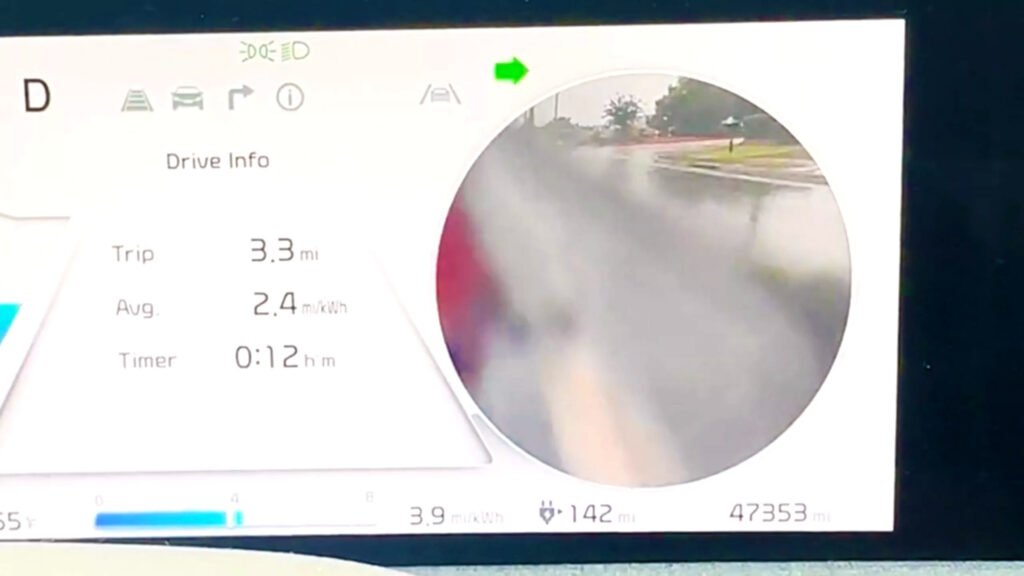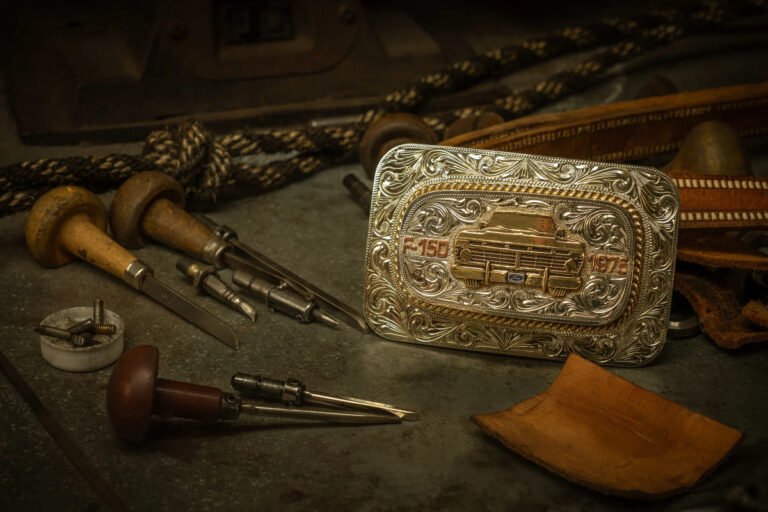

- Rain can cover blind spot cameras, rendering them nearly useless while driving.
- Hyundai, Kia, and Genesis integrate these cameras into the instrument cluster.
- Tesla offers a similar feature, but shows it on the central infotainment screen.
Modern car tech often makes driving easier, and Hyundai, Kia, and Genesis have taken that idea to heart. Their blind spot monitoring system is one of the most innovative and useful on the market. Switch on the turn signal and one of the gauges on the instrument cluster will instantly start displaying the live feed from the camera on the wing mirror.
Most of the time it works very well, allowing you to drive, turn, or change lanes without really needing to look in your mirrors – which, of course, you always should. However, the owner of a Kia EV6 recently discovered an obvious downside of the system: in heavy rain, it’s almost useless.
Read: There’s A Simple Way To Fix The Kia EV6’s Most Annoying Sound Issue
A short Reddit clip illustrates the problem clearly. Driving in the rain, the EV6’s blind spot camera doesn’t operate as it should as droplets obscure the lens. The result is a distorted, almost opaque view on the dashboard display, an issue that could easily frustrate anyone who’s come to rely on the system’s clarity in normal conditions.
What Can Be Done?
However, if you own a Kia, Hyundai, or Genesis model with this system and still want to use the blind spot camera system in the rain, there are some ways to improve it. Apparently, the easiest and cheapest option is to spray some Rain-X repellent on the camera.
Another option gaining attention on Reddit is Glaco Mirror Coat Zero, an ultra-hydrophobic coating specifically made for wing mirrors and exterior car cameras. It’s designed to create a slick surface that helps water bead and roll away rather than cling to the lens.
Hyundai refers to its system as the Blind Spot View Monitor and it comes as standard equipment on some models, while for others it’s an option. Teslas have a similar system, but they display the side view on the central infotainment screen, which isn’t as good as Hyundai’s solution.
Honda also used to have a similar system called LaneWatch on some of its vehicles, but it only worked for the passenger side.
In the end, while advanced driver aid systems help improve safety, even the brightest engineers can’t predict every single scenario that may occur in the real world, especially when it comes to such details. Sure, a little rain shouldn’t ruin a clever idea, but for now, a quick wipe or a touch of hydrophobic spray is the best way to keep that digital blind spot view crystal clear.



